
High-speed transports were converted destroyers and destroyer escorts used in US Navy amphibious operations in World War II and afterward. They received the US Hull classification symbol APD; "AP" for transport and "D" for destroyer. In 1969, the remaining ships were reclassified as "Fast Amphibious Transports", hull symbol LPR.

A troopship is a ship used to carry soldiers, either in peacetime or wartime. Troopships were often drafted from commercial shipping fleets, and were unable to land troops directly on shore, typically loading and unloading at a seaport or onto smaller vessels, either tenders or barges.
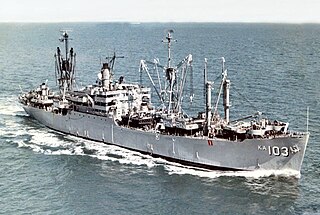
Amphibious cargo ships were U.S. Navy ships designed specifically to carry troops, heavy equipment and supplies in support of amphibious assaults, and to provide naval gunfire support during those assaults. A total of 108 of these ships were built between 1943 and 1945—which worked out to an average of one ship every eight days. Six additional AKAs, featuring new and improved designs, were built in later years. They were originally called Attack Cargo Ships and designated AKA. In 1969, they were renamed as Amphibious Cargo Ships and redesignated LKA.

Attack transport is a United States Navy ship classification for a variant of ocean-going troopship adapted to transporting invasion forces ashore. Unlike standard troopships – often drafted from the merchant fleet – that rely on either a quay or tenders, attack transports carry their own fleet of landing craft, such as the landing craft, vehicle, personnel (LCVP) or Higgins boat.

Haskell-class attack transports (APA) were amphibious assault ships of the United States Navy created in 1944. They were designed to transport 1,500 troops and their combat equipment, and land them on hostile shores with the ships' integral landing craft.
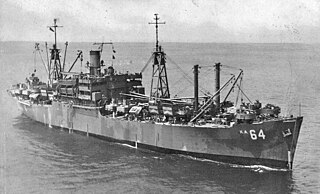
The Tolland-class attack cargo ships were built by North Carolina Shipbuilding Co. in Wilmington, North Carolina during the latter stages of World War II.

The Artemis-class attack cargo ships were a series of attack cargo ships (AKAs) built by Walsh-Kaiser Company of Cranston and Providence, Rhode Island, during World War II.

The Arcturus-class attack cargo ships were converted from other ship types by Sun Shipbuilding & Drydock Co. in Chester, Pennsylvania, Tampa Shipbuilding Co. in Tampa, Florida, and Federal Shipbuilding & Drydock Co. in Kearny, New Jersey, during World War II.

USS La Grange (APA-124) was a Haskell-class attack transport in service with the United States Navy from 1944 to 1945. She was scrapped in 1975.

The Gilliam-class attack transport was a class of attack transport built for service with the US Navy in World War II.
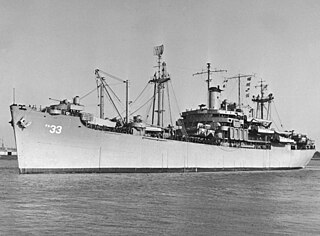
The Bayfield-class attack transport was a class of US Navy attack transports that were built during World War II.
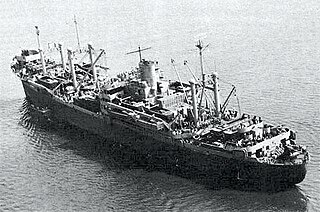
The Sumter-class attack transport was a class of attack transport built for service with the US Navy in World War II.

The Frederick Funston-class attack transport was a class of two US Navy attack transports. They saw service in World War II and later in the Korean War.

The Windsor-class attack transport was a class of nine US Navy attack transports. Ships of the class saw service in World War II.

The Ormsby-class attack transport was a class of US Navy attack transport that saw service in World War II.
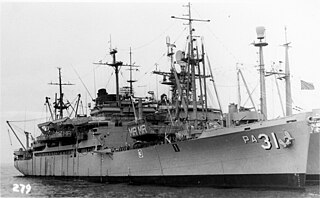
The Crescent City-class attack transport was a class of U.S. Navy attack transports that saw service in World War II and the Korean War. There were four ships in the class: USS Crescent City, USS Charles Carroll, USS Monrovia, and USS Calvert.
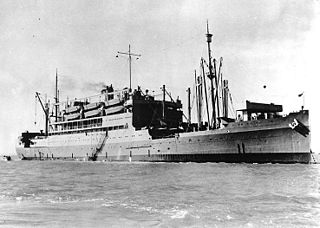
The McCawley-class attack transport was a class of US Navy attack transport built in 1928 that saw service in World War II.

The President Jackson-class attack transport was a class of seven US Navy attack transport that saw service in World War II.

The Arthur Middleton-class attack transport was a class of three US Navy attack transport that saw most of its service in World War II. Ships of the class were named after signatories of the American Declaration of Independence.

The Doyen-class attack transport was a class of two attack transports that saw service with the US Navy in World War II. Ships of the class were named after generals of the United States Marine Corps.




















